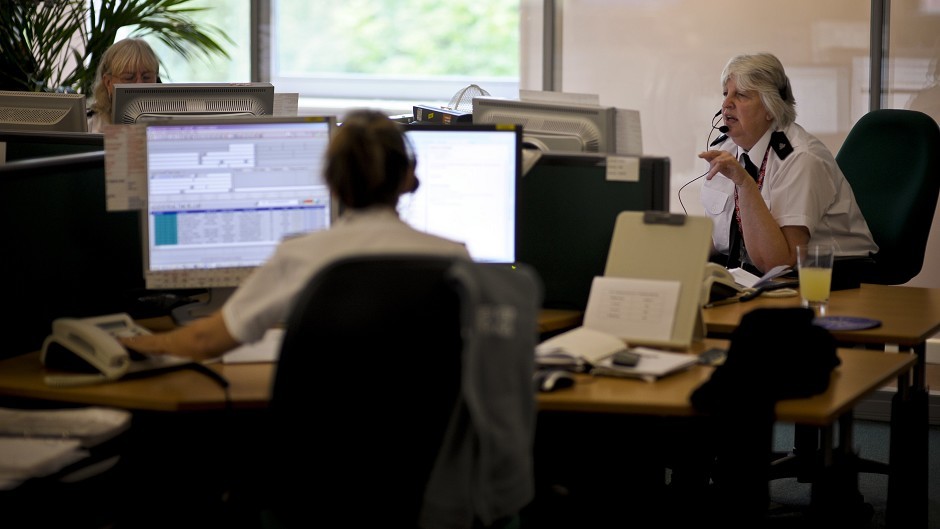Stephen Walsh
STAFF shortages at doomed north-east police call centres have raised fears of a repeat of the M9 crash tragedy.
A new report has revealed the number of people working in the Aberdeen control room and Bucksburn service centre has plummeted since the single force was created.
Opposition politicians have branded the figures “alarming” and said it will be difficult to fill vacant posts because people know they are “short-term”.
More than 1,200 Press and Journal readers backed a campaign to save the call centres when plans were unveiled to shut them.
But Police Scotland decided to go ahead with a programme of closures in Aberdeen and Inverness.
From next year control room calls will be handled in Dundee and service centre operations will be transferred to a national facility.
The controversial move was put under the microscope when Lamara Bell, 25, and John Yuill, 28, died after lying in their crashed car for three days after it was first reported to police.
A review of all police call-handling was launched following the tragedy.
North-east politicians fear the loss of local knowledge when call centres are transferred out of the region will put local people at risk.
The drop in staff numbers in Aberdeen is revealed in a report which will be presented to city councillors next week.
It shows that since 2013 there has been decrease of more than 30 full time equivalent staff across the north-east service centre and area control room.
Before the single force was formed in April 2013, there were 144 staff based in the Granite City but, as of June, the number had fallen to just 112.
Meanwhile, there are seven vacancies for controllers and 16 vacancies for service advisers.
Last night, north-east Conservative MSP Ross Thomson said the numbers were deeply concerning.
He said: “We have already seen what can happen when Scottish control rooms are under-staffed – we certainly do not want any repeat of the M9 incident.”
North-east Labour MSP Lewis Macdonald, who backed the Press and Journal petition, said the figures were “alarming”.
He said: “Obviously staff will do their best to provide the same service as before, but it’s poor reward for their commitment that Police Scotland is determined to shut the control rooms.
“In terms of the number of vacancies that’s an alarming number of posts that are not filled but it’s going to be difficult to persuade people to take these jobs when they know they are short-term.”
In the report to councillors, north-east divisional commander Chief Superintendent Campbell Thomson says an “external recruitment campaign in recent months has increased resource numbers in the service centre”.
He says the figures do not include the fact the Aberdeen service centre is regularly supported by the wider national public service centre, which was not the case when under the former Grampian Police force.
He added: “Furthermore, the posting of officers from Dundee to Aberdeen ACR (Aberdeen control room) on a rotational basis has provided additional support to ensure the Aberdeen ACR remains operationally competent as well as affording Dundee ACR officers the opportunity to gather important local knowledge.”
Last night, the Scottish Government said it was down to the force to decide how to deploy its resources.
A spokesman said: “It is for SPA (Scottish Police Authority) and Police Scotland to determine the best possible use of resources according to national and local priorities.
“All areas of Scotland, including the north east, now have more consistent access to a range of national and regional resources as a result of the creation of Police Scotland.
“Scotland’s police officers and staff continue to deliver an excellent service, supported by the 1,000 extra officers we have delivered compared to 2007, and crime is at a 41-year low.”
